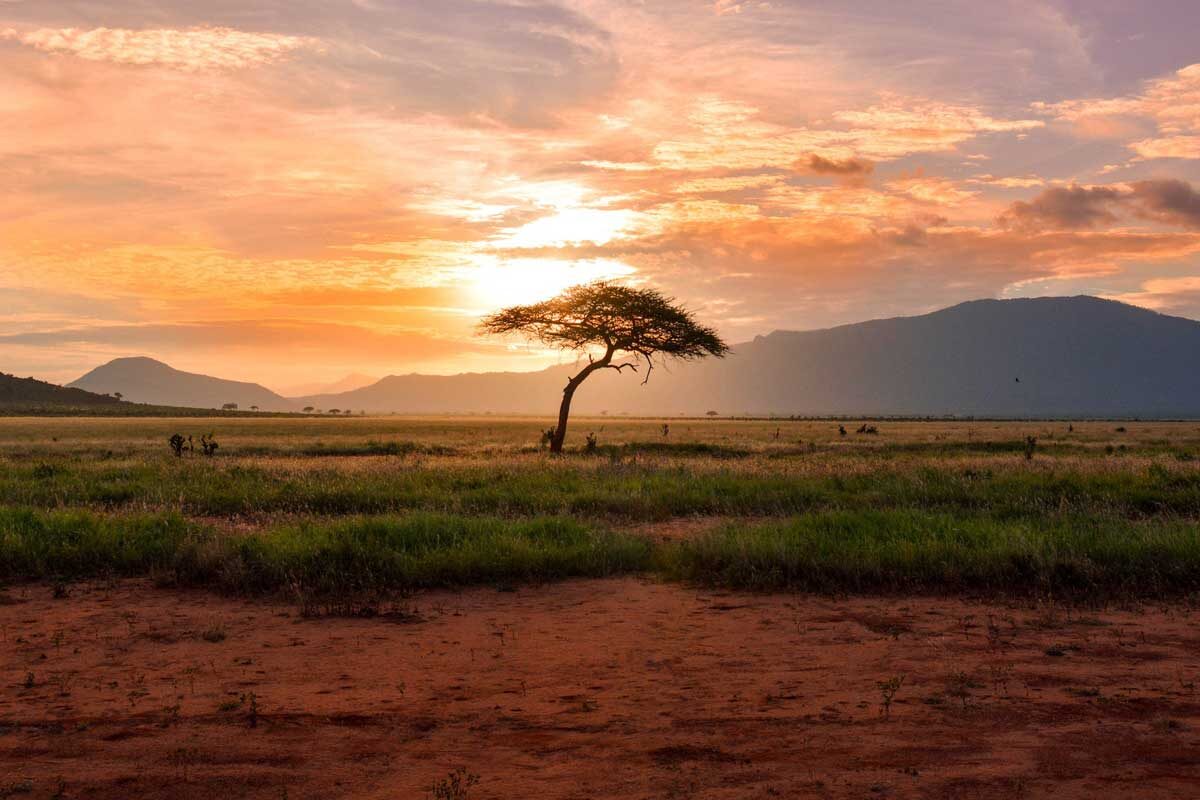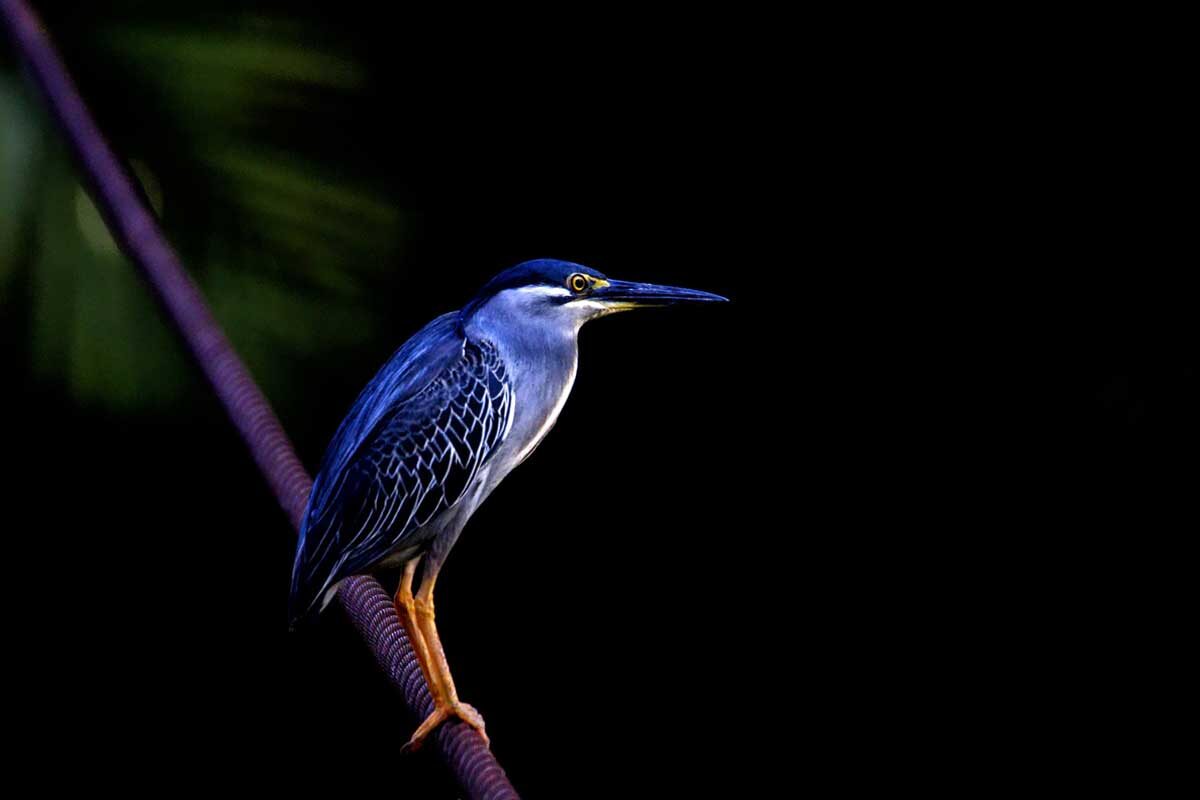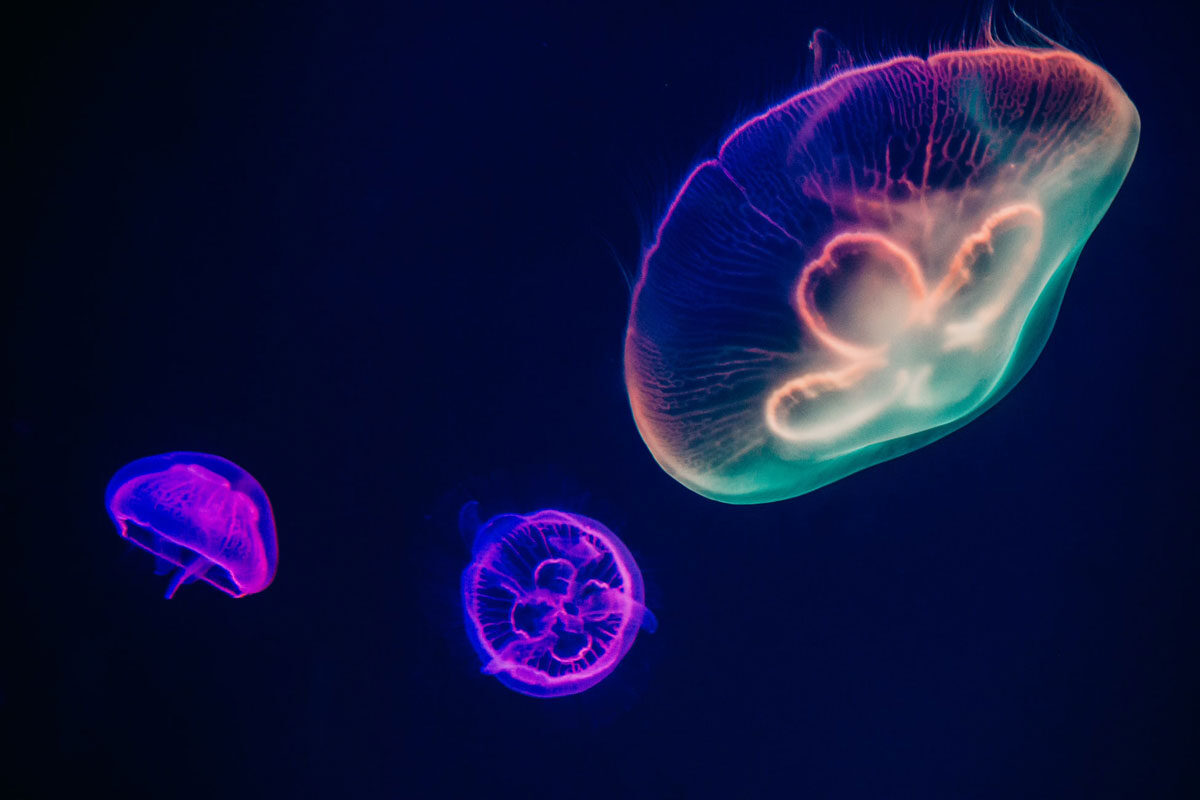Kosi Bay is in the far northeast of KwaZulu-Natal comprising a series of four estuarine lakes connected by narrow channels which finally enter the sea at Kosi Mouth and surrounding coastal and dune forests, raffia palm forest, grasslands and wetlands. In spite of the name, visitors are unlikely to see the coast unless making a special day trip or the hiking the four-day Amanzimnyama Trail. The local Tonya people have been fishing this area sustainably for centuries using fish kraals and reed traps which are a striking feature of the area. Hippos and crocodiles inhabit the lakes and the thick coastal belt houses vervet and samango monkeys together with bush babies and red and blue duikers.
Kosi Bay Nature Reserve is particularly renowned for bird watching with the chance of spotting Pel’s fishing-owl, African finfoot and African pygmy-goose as well as the rare palm-nut vulture which depends on the giant endemic Kosi Palm, a plant with the largest leaves of any plant in the world. Other endemic flora includes the Kosi cycad, Kosi Fern and cycads. Kosi Bay is noted for its aggressive bull sharks (known locally as Zambesi).













